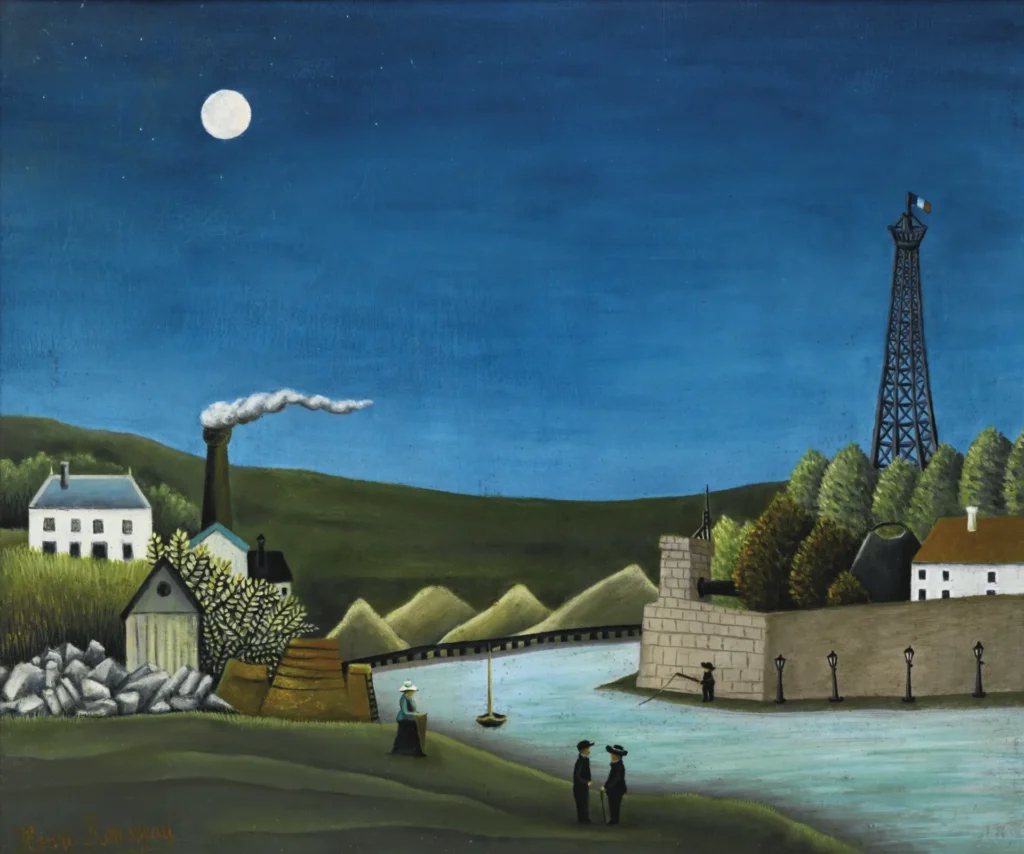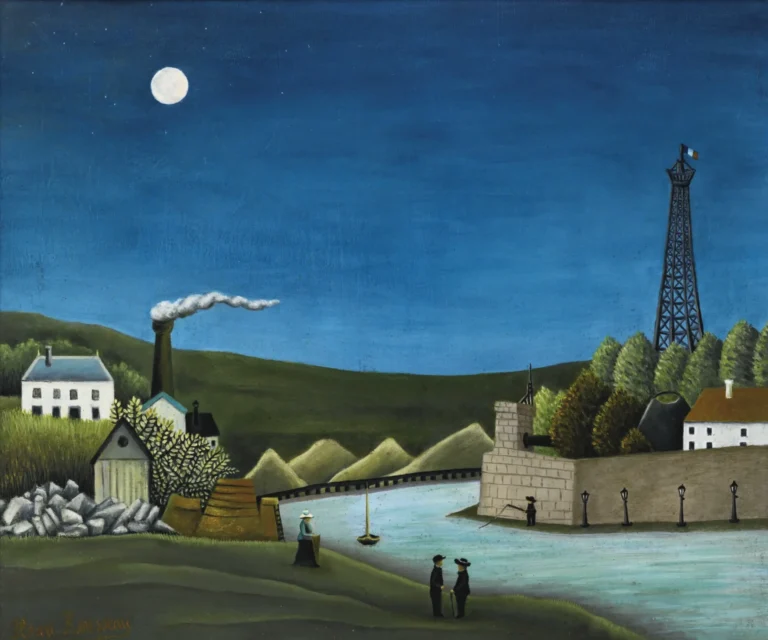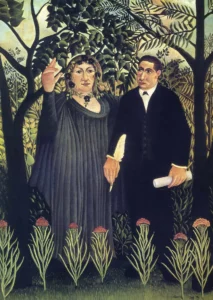La Seine À Suresnes
La Seine à Suresnes is a beautiful painting by the French artist Henri Rousseau, which encapsulates a serene view of the River Seine in Suresnes, a commune in the western suburbs of Paris. Rousseau, renowned for his naive and primitive style, showcases his distinct approach to color and composition in this piece. The artwork reflects the natural beauty of the French landscape, emphasizing simplicity and a lack of formal training in his technique, making it a celebrated example of post-impressionism.
Late 19th Century
About the Artwork
Henri Rousseau, affectionately called Le Douanier, led an unconventional life that influenced his artistic vision. Working as a customs officer, he painted during his spare time, often drawing inspiration from his surroundings and dreams. La Seine à Suresnes portrays a moment of tranquility on the River Seine, showcasing Rousseau's admiration for nature and the picturesque beauty of rural France. Despite being dismissed by many traditional artists during his time, his unique naive style has since gained appreciation, influencing generations of artists and securing his place in art history.
Did You Know
Henri Rousseau’s profession as a customs officer deeply influenced his perspective on everyday life and nature, which he often depicted in his paintings, including La Seine à Suresnes.
Despite lacking formal training, Rousseau mastered his unique style through perseverance and passion, ultimately becoming a prominent figure in the art world and influencing the Naïve art movement.
Initially ridiculed by critics, Rousseau’s work, including La Seine à Suresnes, gained recognition in the 20th century, influencing major movements such as Surrealism and inspiring artists like Pablo Picasso.










